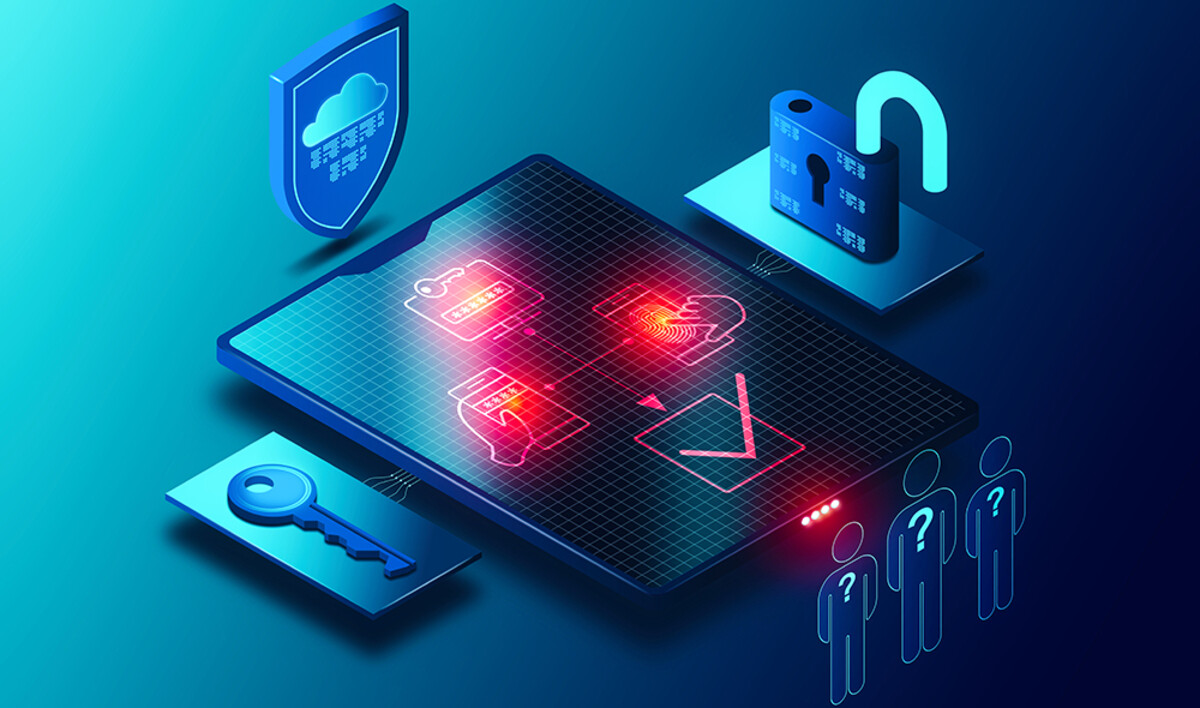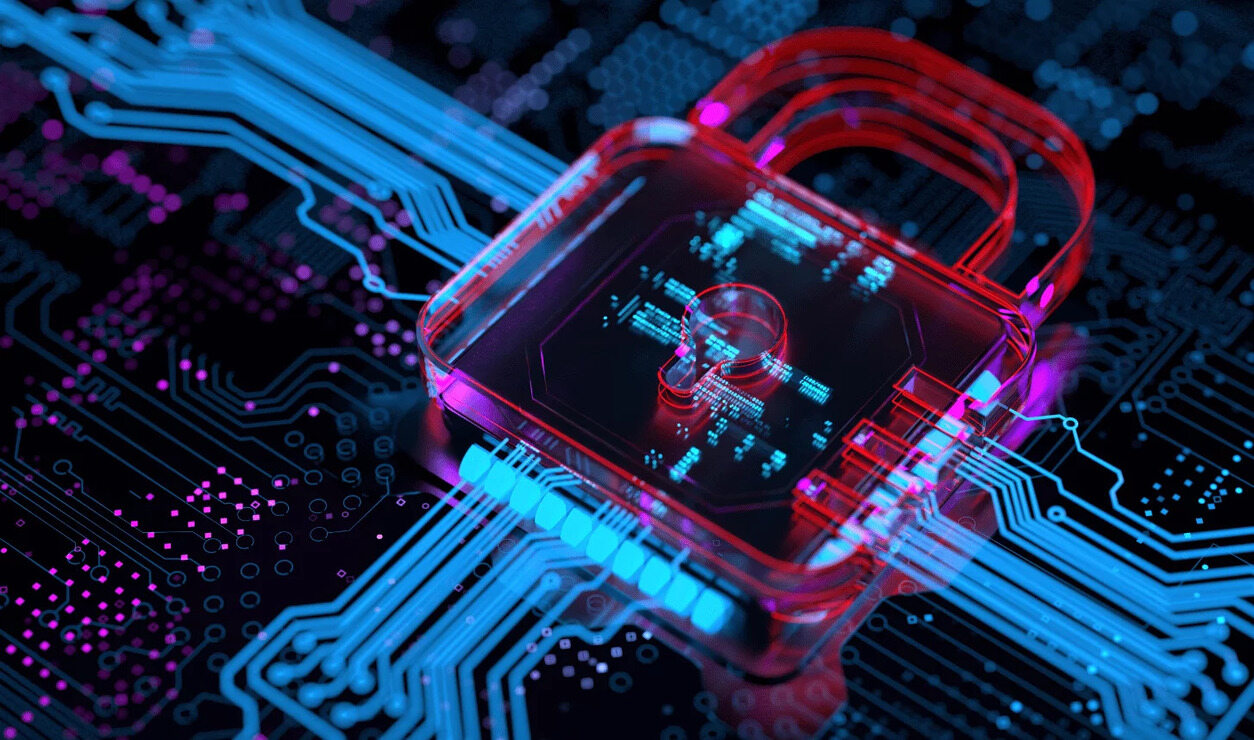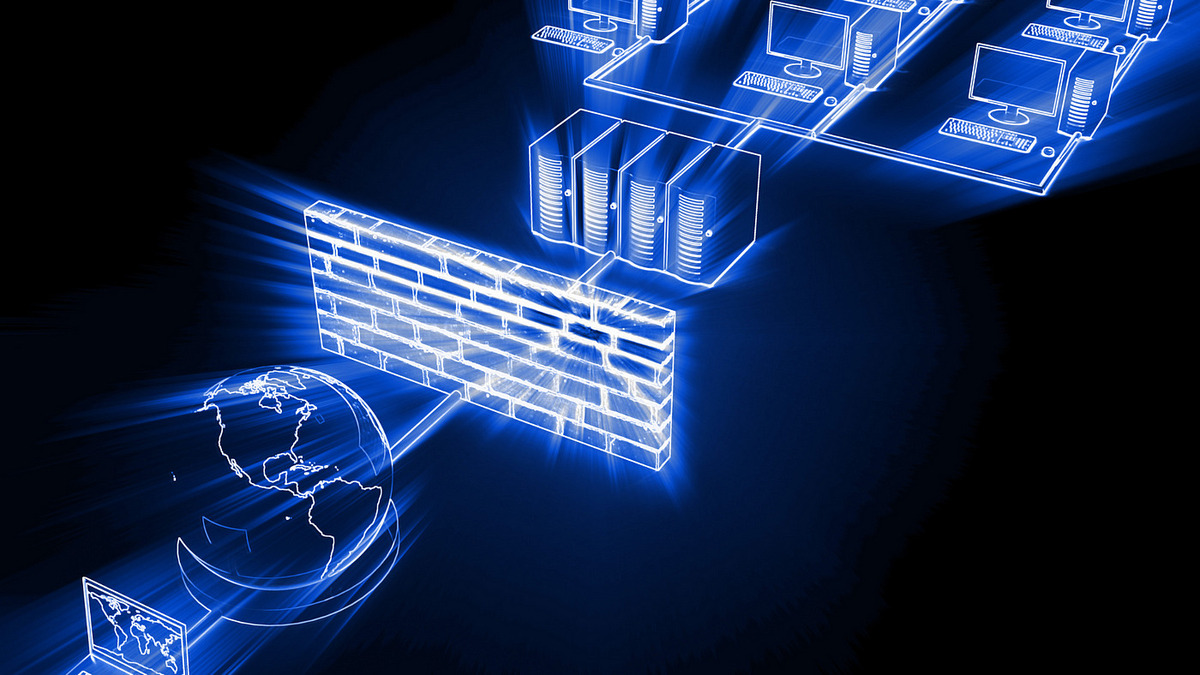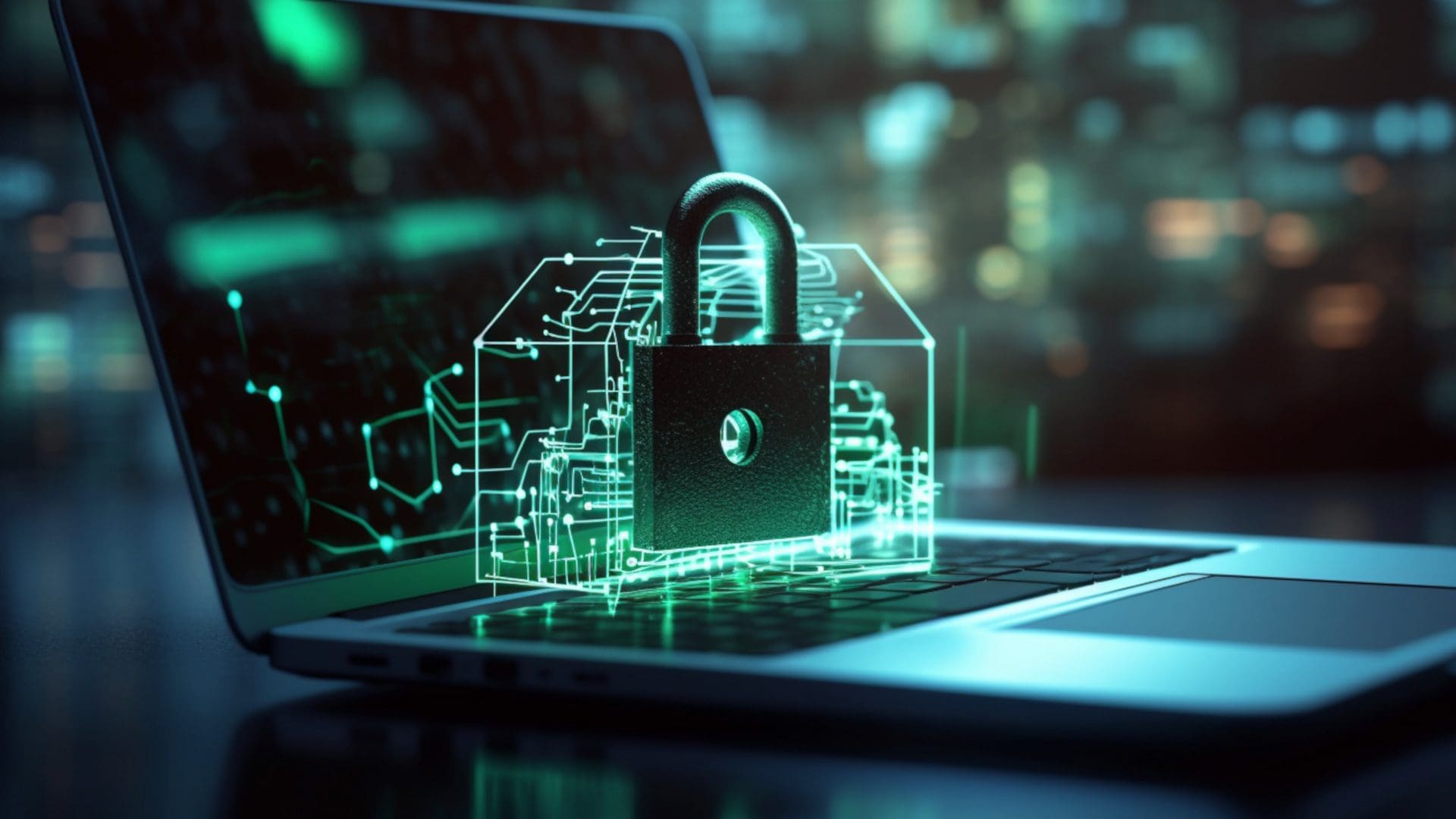Why the Demand for Multi-Factor Authentication is Increasing
As grid computing continues to expand in fields such as science, research, and business, the threats to security grow alongside it. With numerous users and vast computational access, grid systems have become prime targets for cyberattacks. That’s why using Multi-Factor Authentication (MFA) is no longer a luxury—it’s a necessary safeguard.
MFA means that a username and password alone are no longer enough to gain access to a system. Additional verification is required—such as a code, biometric scan, or physical key—adding an extra layer of protection.
More than a technical solution, MFA also protects the trust of the entire organization—from researchers to IT administrators—ensuring that their data and work remain secure and uncompromised.
How Grid Architecture Affects Security
Grid computing involves many nodes, servers, and users connecting across various locations. In this kind of setup, it’s hard to predict when or where an unauthorized user might gain access. That’s why every authentication step must be secure and well-managed.
If a single password is the only gatekeeper, one compromised account could disrupt the entire system. But with MFA, even if a password is stolen, attackers still can’t log in without the second verification factor.
Additionally, grid systems often operate across different environments—some in academic institutions, others in corporate research. These varying contexts bring unique risks that MFA is well-suited to address.
Common Authentication Methods in Grid Systems
The most basic method is still the username and password. But with MFA, that’s just the beginning. It’s typically paired with another verification method—like SMS codes, email tokens, authentication apps, or biometrics. One-time passwords (OTPs) and hardware tokens are especially valuable in grid computing.
For example, a researcher might log in with a username and password, then be prompted to enter a code from an authentication app on their phone. Even if the login credentials were compromised, the system remains protected.
More advanced setups may also require a physical security key like a YubiKey or a fingerprint scan, especially in high-stakes environments like climate modeling or pharmaceutical simulations.
Challenges in Integrating MFA into Grid Systems
One major challenge is compatibility. Older components of the grid may not support modern authentication protocols. The system may need upgrades or careful reconfiguration to support MFA fully.
Another challenge is user adoption. Some users may view MFA as annoying or time-consuming. However, with the right training and awareness, they’ll come to understand its value and necessity.
Lastly, integrating MFA across distributed identity providers can create overhead. IT teams and security experts must collaborate closely to ensure seamless implementation.
The Role of Identity Federation in Grid MFA
Grid environments often involve users from different institutions. Identity federation allows users to log in using their home institution’s credentials, which are recognized by the central grid system. Examples include eduGAIN or Shibboleth for academic grids.
MFA can be layered on top of federated login. For instance, a scientist from abroad can use their university credentials to log in, but they’ll still be required to verify their identity using an OTP or biometric scan.
This combination of federation and MFA offers both flexibility and security. Users don’t need separate accounts for every grid, yet each session remains highly secure.
Benefits of Multi-Factor Authentication for Administrators
It’s not just users who benefit from MFA. System administrators also gain safer and clearer control over access management. Instead of relying on static passwords, they can enforce dynamic codes and receive alerts for suspicious login attempts.
For example, if someone tries to access an admin account from a foreign location, the system can log the attempt and block access unless a second-factor verification is completed. This is crucial for grids used in sensitive operations.
Moreover, MFA simplifies policy enforcement. Admins no longer have to manually monitor every password or enforce regular resets. The MFA system acts as the first line of defense.
Strengthening Trust Within the Grid Ecosystem
When users know that robust security protocols like MFA are in place, they’re more confident in the system’s reliability. They’re more willing to submit critical jobs or store confidential data on the grid.
This trust extends to collaborations. External partners are more likely to engage when they know each login and access point is well-protected. For global projects like disease modeling or space research, that trust is invaluable.
Even in smaller projects, implementing MFA shows professionalism and responsibility. It’s not just a technical measure—it’s a statement of commitment to data safety.
Training and User Adoption of MFA
Deploying MFA isn’t just about technical setup. It also requires clear communication and user training. Users need to understand why MFA is being implemented, how to set it up, and how it contributes to overall security.
Start with training sessions that show how to use apps like Google Authenticator or Authy. Once users get used to it, MFA naturally becomes part of their daily workflow.
If there’s resistance, rollout can be done in phases—starting with admins and critical users, then expanding to others until MFA becomes standard across the grid.
Linking MFA with Audit and Monitoring Tools
MFA isn’t just about access—it also enhances visibility when paired with logging and monitoring tools. The IT team can track who logged in, when, and which method was used. If an incident occurs, it’s easier to trace what happened.
For example, if an account fails OTP login three times, the system can immediately alert an admin or lock access. This kind of proactive defense isn’t possible with passwords alone.
This integration is also useful for compliance. If the grid operates within a regulated sector, MFA logs help meet international security standards.
MFA as a Core Element of Grid Computing Security
Ultimately, MFA should be viewed not as an optional layer but as a fundamental part of grid computing design. With every user login, job submission, and data upload, MFA stands guard.
It’s not a burden—it’s long-term protection. In a landscape where scale and speed continue to grow, even simple two-step authentication becomes a powerful defense against unexpected threats.



